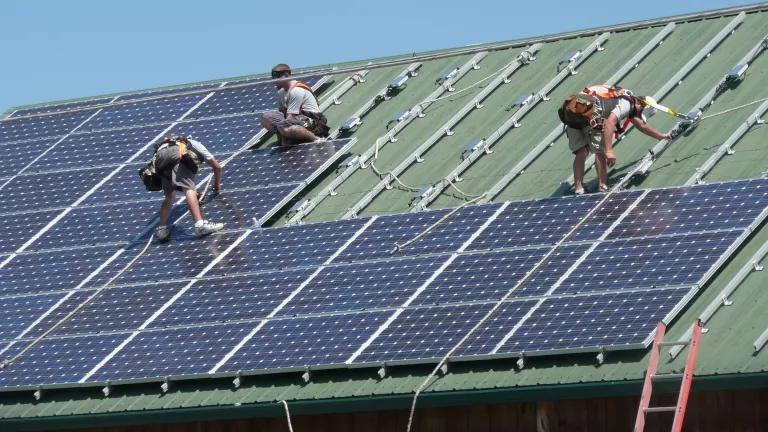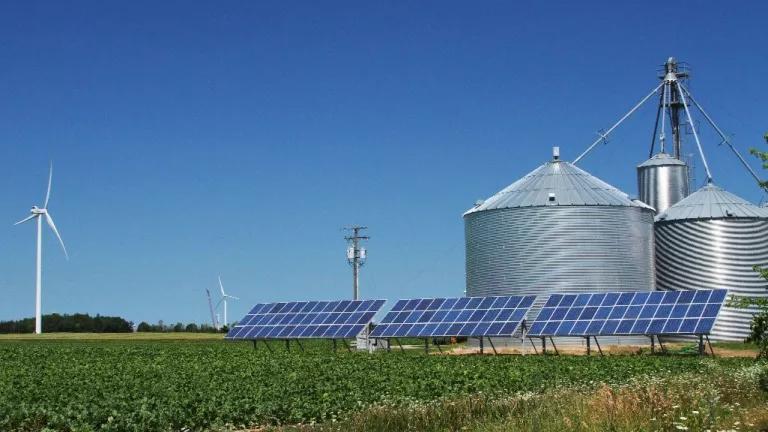When people take the time to learn the details of how producing biofuels from cellulosic biomass is expected to work, they often raise good questions about the anticipated use of genetically modified organisms. For example, JM (actually that's Dr. JM to you and me, just to put a fine point on the fact that this is a smart question) writes:
One topic that repeatedly comes up in the scientific discussion of cellulosic ethanol is the anticipation that genetically modified feedstocks will be required to sufficiently reduce the cost and energy consumption required to separate lignin from cellulose, break down cellulose and make the whole enterprise economically feasible. From my limited understanding, this seems, if true, to raise significant environmental concerns and potentially compromise the promise of cellulosic energy sources. I wonder what your opinion is on this matter, or if there are useful references by yourself or others on the topic you could point me to.
It's important to distinguish two different potential uses for GMOs in the production of cellulosic biofuels. First, let's look at the use of GMOs in the fermenting of lignocellulosic biomass into an alcohol such as ethanol. I would refer to these types of organisms as genetically modified industrial microorganisms and here's what we said about them in Growing Energy:
GENETICALLY MODIFIED ORGANISMS AND BIOLOGICAL PROCESSING (page 44)
Fermenting carbohydrates in cellulosic biomass will probably rely heavily on genetically modified industrial microorganisms. Using genetically modified industrial microorganisms is different from using genetically modified crops. While the tools used to develop both are similar, the way they are used is very different. Genetically modified industrial microorganisms used to ferment cellulosic biomass would be specifically designed to thrive under manufactured conditions, such as high temperatures. In contrast, genetically modified crops are designed to thrive in nature. The microorganisms designed to make cellulosic biofuels would be at a distinct competitive disadvantage in the wild.
We still need to do extensive testing and to create appropriate safeguards to ensure that biofuels genetically modified industrial microorganisms do not pose a threat to the environment. It is telling, however, that the Green Party in Germany, long opposed to the use of genetically modified organisms, has endorsed the use of genetically modified industrial microorganisms while maintaining their opposition to genetically modified crops.
The second type of GMO is crops--the actual feedstock that will be processed into biofuels. And on this issue, I'm going to punt. The fact of the matter is that given the time needed to commercialize cellulosic conversion technology and the significant amount of ligocellulosic residues that we have (e.g. wheat straw, corn stover, etc.) and the potential for current breeding practices to improve the yield of energy crops, we are a long time away from needing GMO energy crops. And if we're smart and start improving vehicle fuel economy, building more livable communities, and and developing plug-in hybrid technology (see this post for more), we may never need GMO energy crops. The scenario we laid out in Growing Energy, for example, did not result in the need for GMO crops through 2050. Of course just because we could avoid using them doesn't mean that we will nor does it mean that there would be no conceivable benefits using them. For example, GMO advocates argue that GMO crop can increase yield while reducing water and fertilizer needs thus increasing the amount of petroleum we can displace without putting pressure on rainforests and fresh water supplies. In any case, my point is simply that we don't need them now and we have time to come to a societal consensus about if GMO crops should be used and if so, how they should be regulated and deployed to protect human health and biodiversity.
Hope this answers your question JM.



